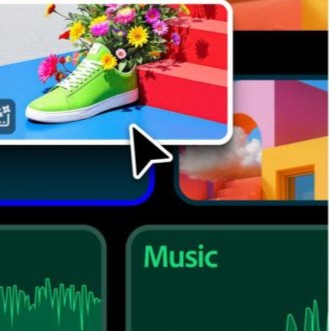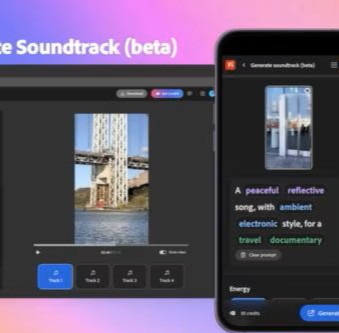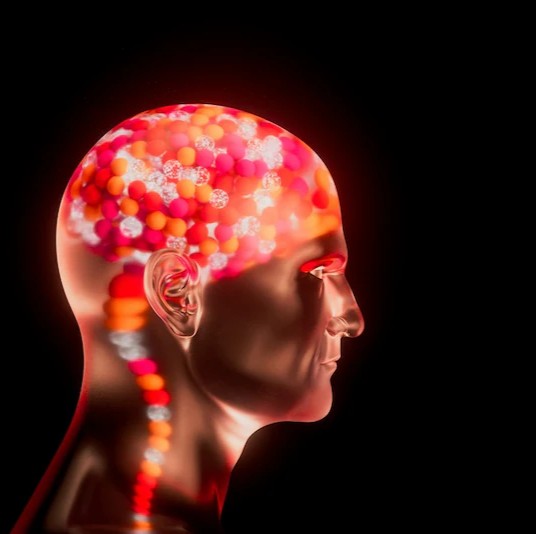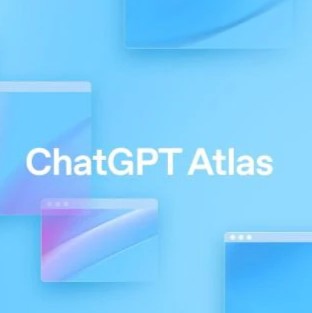The Big Picture: AI Takes Center Stage at Adobe MAX 2025
Adobe used its annual MAX conference in Los Angeles to present a unified vision: generative AI and agentic assistants woven through the full creative stack—from brainstorming to final delivery. The company emphasized that Firefly models are trained on licensed, commercially safe data, a stance meant to reassure professional creatives and enterprises navigating copyright risk in the AI era.
Key themes this year included:
- A next-gen Firefly Image Model 5 with layered image-editing and prompt-based editing for faster, more controllable image manipulation.
- AI assistants that accept natural-language instructions to drive edits in Photoshop and Adobe Express, reducing repetitive steps and democratizing advanced edits.
- A broadened Firefly platform that now generates soundtracks and speech, supporting end-to-end audio/video workflows.
Firefly Image Model 5: Layered Editing Meets Prompt Control
Firefly Image 5 adds layer decomposition to user-uploaded assets, letting creators move elements while reprojecting shadows and re-harmonizing scenes automatically—ideal for product composites, ad layouts, and photorealistic scene tweaks. The model also brings prompt-based editing for quick global or targeted changes. Notably, Firefly Image 5 supports native multi-megapixel outputs (up to 4MP), improving detail for web and print use cases—a frequent request from creative professionals and marketing teams.
Trending SEO keywords: generative AI image editing, layered editing, prompt-based editing, photorealistic generation, AI design tools.
Firefly on the Web: Generate Soundtrack & Generate Speech
The web version of Firefly evolves into a broader AI content studio with Generate Soundtrack (music creation aligned to mood/tempo) and Generate Speech (voiceover/VO generation). This reduces friction for social video, product explainers, tutorials, and marketing reels, where creators often juggle multiple tools for music, narration, and visuals.
Why it matters: Bringing audio and voice into the same canvas as images and video means faster iteration and fewer handoffs—key benefits for short-form creators and brand content teams under tight deadlines.
Trending SEO keywords: AI soundtrack generator, AI voiceover, content creation workflow, end-to-end video production.
AI Assistants Across Creative Cloud: From “Prompt to Edit” to Agentic Workflows
Adobe introduced AI assistants that accept chat-style prompts to perform complex actions—think “remove the background and boost contrast,” or “make this pop for Instagram”—within Photoshop, and Adobe Express. These assistants can drive tools, apply effects, and suggest steps, while still allowing manual overrides for pixel-level precision. The approach promises speed without sacrificing control, bridging novice-friendly and pro-grade workflows.
Example capabilities:
- Photoshop: a beta AI Assistant and enhanced Generative Fill, now able to leverage certain third-party AI models for broader results.
- Lightroom: Assisted Culling to flag the best shots by focus/sharpness—huge for event and wedding photographers.
- Premiere Pro: AI Object Mask to isolate moving subjects for targeted color/effects—time savings for editors.
Trending SEO keywords: AI assistant in Photoshop, conversational editing, agentic AI, productivity for designers, creative automation.
Partner Models and Content Credentials: Ecosystem and Trust
Adobe expanded access to partner models—including ElevenLabs (AI voice) and Topaz Labs (image upscaling)—alongside previously available options from Google, OpenAI, Luma AI, Runway, and Black Forest Labs. Outputs from these models can carry Content Credentials, a cryptographically linked metadata standard that helps label AI-generated assets across the supply chain. This keeps creative pipelines interoperable while supporting provenance and brand safety in enterprise contexts.
Trending SEO keywords: Content Credentials, AI provenance, brand-safe generative AI, enterprise AI governance.
Strategy Note: Conversational Creation, Chatbot Integrations, and the Future of Work
Adobe also signaled deeper conversational creation—including Express enhancements and a teased ChatGPT integration path that could let teams start briefs in chat and continue editing in Adobe apps. The broader message from leadership: “creativity is everywhere,” and AI will meet creators where they are—from quick social posts to studio-grade productions.
Trending SEO keywords: creative workflow automation, chat-based design, multimodal AI, enterprise content velocity.
What It Means for Creators and Teams
- Speed & Scale: Prompted edits and agentic assistants collapse multi-step tasks, boosting time-to-publish.
- Quality & Control: Layered editing and object-aware tools balance automation with fine-tuning for professional outcomes.
- Governance: Content Credentials and licensed training data help creative leaders maintain IP hygiene and brand trust.
Source:indianexpressGPT







